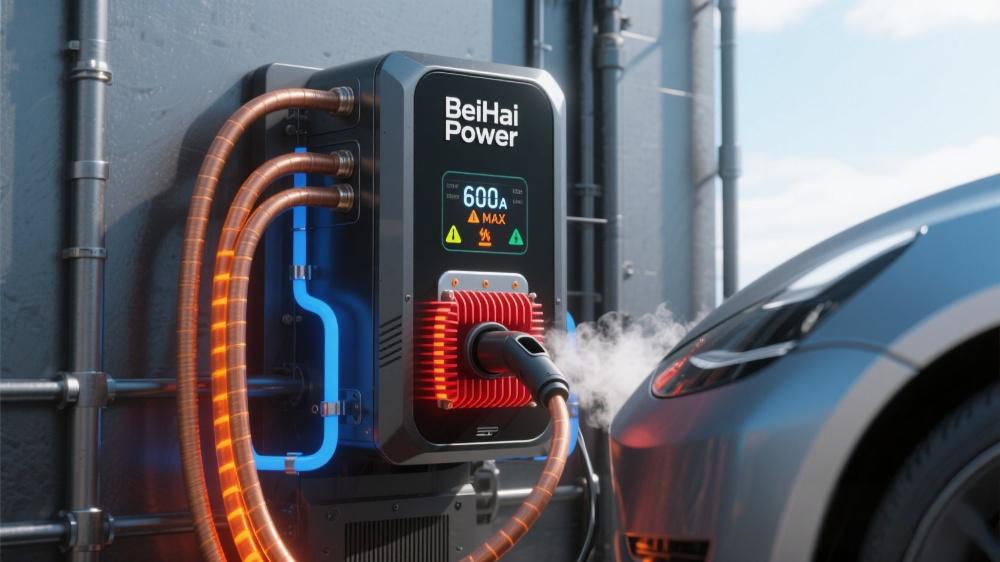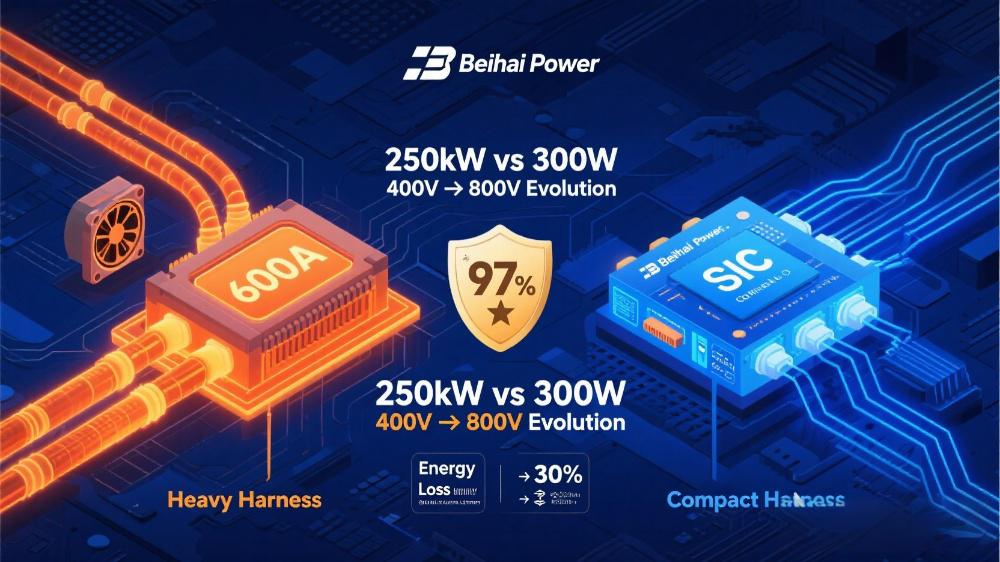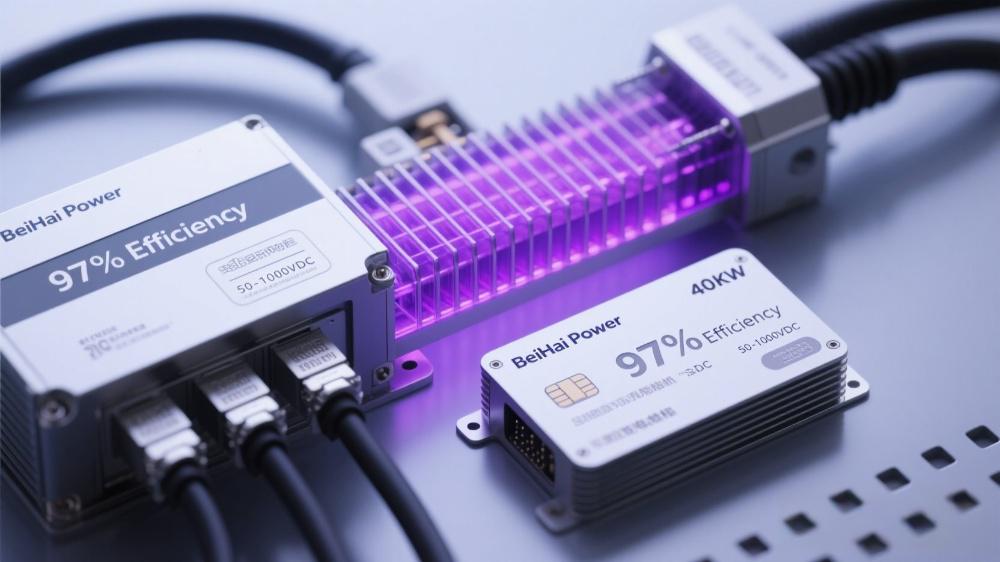–If you want fast charging for your electric car, you can’t go wrong with high-voltage, high-current technology for charging piles
High current and high voltage technology
As the range gradually increases, there are challenges such as shortening the charging time and reducing the cost of ownership, and the first task is to optimize the module size to achieve power upgrades. Since the power of the charging pile mainly depends on the power superposition of the charging module, and is limited by the product volume, floor space and manufacturing cost, simply increasing the number of modules is no longer the best solution. Therefore, how to increase the power of a single module without adding additional volume has become a technical problem that charging module manufacturers need to overcome urgently.
DC charging equipment achieves excellent fast charging capability through high-current and high-voltage technology. With the gradual increase of voltage and power, this puts forward more stringent requirements for the stable operation, efficient heat dissipation and conversion efficiency of the charging module, which undoubtedly sets higher technical challenges for charging module manufacturers.
In the face of the market demand for high-power fast charging, charging module manufacturers need to continuously innovate and upgrade the underlying technology and build their own core technical barriers. This will become the key to the future market competition, only by mastering the core technology, in order to be invincible in the fierce market competition.
1) High-current route: the degree of promotion is low, and the requirements for thermal management are high. According to Joule’s law (formula Q=I2Rt), the increase in current will greatly increase the heat during charging, which has high requirements for heat dissipation, such as Tesla’s high-current fast charging solution, whose V3 supercharging pile has a peak working current of more than 600A, which requires a thicker wiring harness, and at the same time, it has higher requirements for heat dissipation technology, and can only achieve a maximum charging power of 250kW in 5%-27% SOC, and efficient charging is not fully covered. At present, domestic car manufacturers have not made significant customized changes in the heat dissipation scheme, and high-current charging piles rely heavily on self-built systems, resulting in high promotion costs.
2) High-voltage route: It is a mode commonly used by car manufacturers, which can take into account the advantages of reducing energy consumption, improving battery life, reducing weight, and saving space. At present, limited by the withstand voltage capacity of silicon-based IGBT power devices, the fast charging solution commonly adopted by car companies is a 400V high-voltage platform, that is, a charging power of 100kW can be achieved with a current of 250A (100kW power can be charged for 10min for about 100km). Since the launch of Porsche’s 800V high-voltage platform (achieving 300KW power and halving the high-voltage wiring harness), major car companies have started to research and layout the 800V high-voltage platform. Compared with the 400V platform, the 800V voltage platform has a smaller operating current, which saves the volume of the wiring harness, reduces the internal resistance loss of the circuit, and improves the power density and energy efficiency in disguise
At present, the constant power output voltage range of the mainstream 40kW module in the industry is 300Vdc~1000Vdc, which is compatible with the charging needs of current 400V platform passenger cars, 750V buses and future 800V-1000V high-voltage platform vehicles; The output voltage range of the 40kW module of Infineon, Telai and Shenghong can reach 50Vdc~1000Vdc, taking into account the charging needs of low-voltage vehicles. In terms of the overall working efficiency of the module, the 40kW high-efficiency modules of BeiHai Power use SIC power devices, and the peak efficiency can reach 97%, which is higher than the industry average.
Post time: Jun-05-2025







